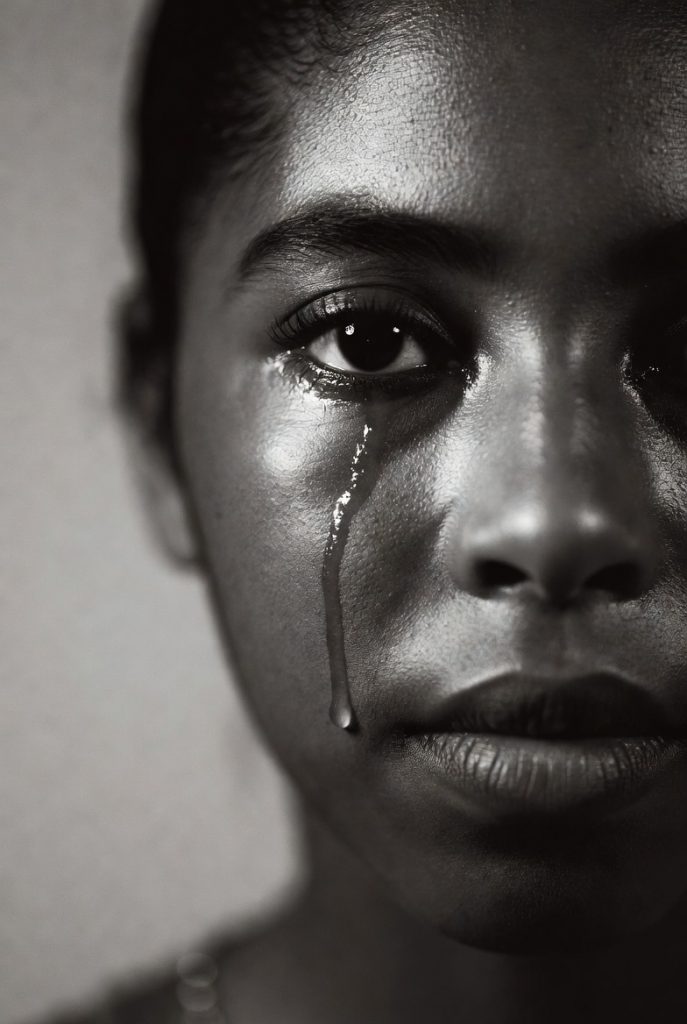Types of Violence Against Women and Girls
Violence against women and girls remains one of the most widespread human rights violations globally. According to the World Health Organization, nearly 1 in 3 women experience some form of violence in their lifetime. This issue affects women at home, in public spaces, at work, online, and even while booking a ride share like Uber or Bolt.
Below are the major types of violence women face today, explained in simple detail, with examples and practical context.
Main Types of Violence Against Women
1. Intimate Partner and Domestic Violence
This is one of the most common forms of violence globally. It includes physical aggression, sexual coercion, psychological manipulation, and economic control by a partner or ex-partner.
Common examples include hitting or choking, forcing sexual acts, constant threats, isolating a woman from her support system, or taking full control of her money and preventing her from working.
Forms of intimate partner violence
• Physical violence such as slapping, hitting or burning
• Sexual coercion including forced sexual acts or marital rape
• Psychological abuse such as intimidation, threats or isolation from loved ones
• Economic abuse such as withholding money or blocking access to employment
People Also Read: How SOS Alerts Protect Riders Using Uber in Lagos
2. Sexual Violence
Any sexual act forced on a woman without her consent, whether through intimidation, manipulation or physical force.
This ranges from unwanted touching to severe violations like rape. Sexual harassment also falls here, including verbal remarks, persistent advances, or inappropriate physical contact in workplaces, schools or public spaces.
Examples include:
• Non-consensual sexual contact or penetration
• Unwanted touching or lewd comments
• Pressure to engage in sexual activity
• Rape within dating, marriage or by strangers
3. Femicide
The killing of a woman or girl because of her gender. Often linked to deep-rooted inequality, previous patterns of abuse or cultural beliefs that devalue women. It appears in different forms such as intimate partner killings, so-called honor killings or murders connected to trafficking and exploitation.
Examples include:
• Killings after prolonged domestic abuse
• Murder framed as restoring “family honor”
• Gender-targeted killings in trafficking or organized crime
• Public disposal of victims to reinforce fear
People Also Read: A Silent Crisis: Understanding “Violence on Women” and the Role of Safety Apps
4. Human Trafficking
Women and girls are frequently targeted, moved or controlled for exploitation. Traffickers rely on threats, emotional manipulation, debt bondage or confiscated documents to trap victims. Exploitation may occur locally or across borders, and survivors often endure abuse intended to break their autonomy.
Examples include:
• Trafficking for forced prostitution
• Being moved across cities or borders for labor exploitation
• Confiscation of passports or IDs
• Violence used to maintain control
5. Harmful Traditional Practices
Practices rooted in cultural or social norms that place women and girls at risk. These acts violate bodily autonomy and can cause lifelong physical and emotional harm, especially when performed in childhood or adolescence.
Examples include:
• Female genital mutilation, often done on girls under 15
• Child or forced marriages
• Rituals that involve scarring, beating or food deprivation
• Widowhood rites that endanger health or dignity
6. Technology-Facilitated Violence
Digital tools used to harass, monitor or threaten women. This includes online stalking, impersonation, sharing private information, or using tracking tools to control movement. Women often experience this on social media, messaging platforms or through hacked devices.
Examples include:
• Cyberbullying and threats through messages
• Non-consensual sharing of private images or deepfakes
• Doxing a woman’s home address or contact details
• Using GPS trackers to monitor her location without consent
How NauNauSOS Supports Women’s Safety
The NauNauSOS App was built with a core mission; improving women’s safety by providing digital tools that help them stay connected to trusted contacts.
Women can share live location, activate Follow Me during risky trips, add emergency contacts, and send instant SOS alerts if threatened.
These features support women facing stalking, unsafe rides, long walks, or unfamiliar environments.
Download NauNauSOS today and stay connected to people who can protect you.

